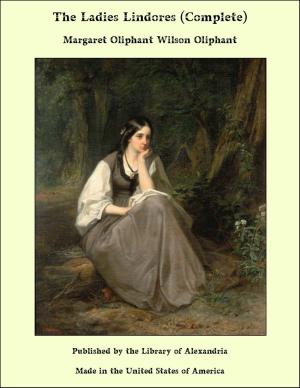Threads of Grey and Gold
Nonfiction, Religion & Spirituality, New Age, History, Fiction & Literature| Author: | Myrtle Reed | ISBN: | 9781465548580 |
| Publisher: | Library of Alexandria | Publication: | March 8, 2015 |
| Imprint: | Language: | English |
| Author: | Myrtle Reed |
| ISBN: | 9781465548580 |
| Publisher: | Library of Alexandria |
| Publication: | March 8, 2015 |
| Imprint: | |
| Language: | English |
How the World Watches the New Year Come In The proverbial “good resolutions” of the first of January which are usually forgotten the next day, the watch services in the churches, and the tin horns in the city streets, are about the only formalities connected with the American New Year. The Pilgrim fathers took no note of the day, save in this prosaic record: “We went to work betimes”; but one Judge Sewall writes with no small pride of the blast of trumpets which was sounded under his window, on the morning of January 1st, 1697. He celebrated the opening of the eighteenth century with a very bad poem which he wrote himself, and he hired the bellman to recite the poem loudly through the streets of the town of Boston; but happily for a public, even now too much wearied with minor poets, the custom did not become general. In Scotland and the North of England the New Year festivities are of great importance. Weeks before hand, the village boys, with great secrecy, meet in out of the way places and rehearse their favourite songs and ballads. As the time draws near, they don improvised masks and go about from door to door, singing and cutting many quaint capers. The thirty-first of December is called “Hogmanay,” and the children are told that if they go to the corner, they will see a man with as many eyes as the year has days. The children of the poorer classes go from house to house in the better districts, with a large pocket fastened to their dresses, or a large shawl with a fold in front. Each one receives an oaten cake, a piece of cheese, or sometimes a sweet cake, and goes home at night heavily laden with a good supply of homely New Year cheer for the rest of the family
How the World Watches the New Year Come In The proverbial “good resolutions” of the first of January which are usually forgotten the next day, the watch services in the churches, and the tin horns in the city streets, are about the only formalities connected with the American New Year. The Pilgrim fathers took no note of the day, save in this prosaic record: “We went to work betimes”; but one Judge Sewall writes with no small pride of the blast of trumpets which was sounded under his window, on the morning of January 1st, 1697. He celebrated the opening of the eighteenth century with a very bad poem which he wrote himself, and he hired the bellman to recite the poem loudly through the streets of the town of Boston; but happily for a public, even now too much wearied with minor poets, the custom did not become general. In Scotland and the North of England the New Year festivities are of great importance. Weeks before hand, the village boys, with great secrecy, meet in out of the way places and rehearse their favourite songs and ballads. As the time draws near, they don improvised masks and go about from door to door, singing and cutting many quaint capers. The thirty-first of December is called “Hogmanay,” and the children are told that if they go to the corner, they will see a man with as many eyes as the year has days. The children of the poorer classes go from house to house in the better districts, with a large pocket fastened to their dresses, or a large shawl with a fold in front. Each one receives an oaten cake, a piece of cheese, or sometimes a sweet cake, and goes home at night heavily laden with a good supply of homely New Year cheer for the rest of the family















